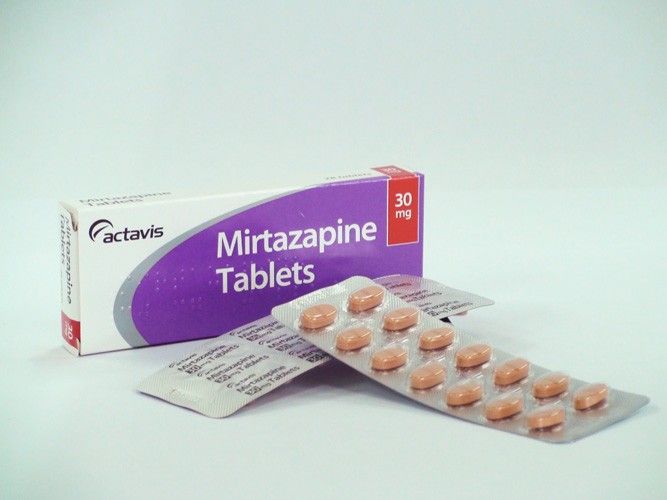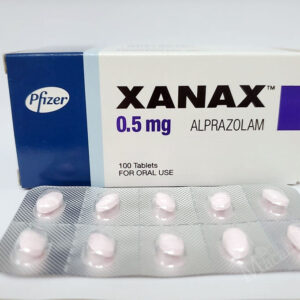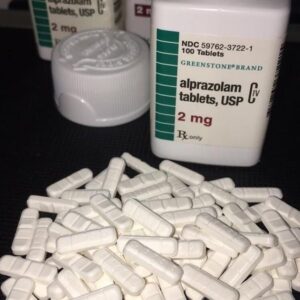Description
Mirtazapine 30mg Tablet is a prescription medicine used in the treatment of depression. Mirtazapine 30mg Tablet helps by increasing the level of chemical messengers (serotonin and noradrenaline) in the brain that have a calming effect on the brain and relax the nerves, thus treating your depression. Some common side effects of this medicine include dryness in mouth, increased appetite, and headaches. It even causes dizziness and sleepiness, Mirtazapine 30mg belongs to a group of medicines called tetracyclic antidepressants. These medications help balance the chemical messengers, or neurotransmitters, in the brain that regulate mood. Mirtazapine 30mg Tablet is available on prescription, but not all pharmacies stock it. In this article, we provide an overview of mirtazapine, including its uses, side effects, and interactions and how to take it.
How to take Mirtazapine 30mg Tablet
Mirtazapine 30mg comes as either an oral tablet or a dissolvable tablet. The dosages for both types are the same.
According to the Food and Drug Administration (FDA), the recommended starting dose is 15 milligrams (mg) a day. People should preferably take it in the evening before going to bed.
The effective range of dosage for Mirtazapine 30mg is between 15 mg and 45 mg a day. If necessary, with a doctor’s approval, a person may increase the amount gradually after 1–2 weeks.
The tablets come in the following doses:
- 15 mg
- 30 mg
- 45 mg
Some healthcare professionals may recommend splitting the dose in two and taking one-half twice a day.
People should swallow the oral tablet whole without chewing it. If a person has difficulty swallowing pills, a healthcare professional may prescribe the dissolvable tablet instead.
To take a dissolvable tablet, the person will need to break the tablet out of the blister container, place it on their tongue, and wait for it to dissolve. It should dissolve reasonably quickly.
A person should follow their prescribed dosing and not attempt to adjust their dosage on their own or purposefully skip doses.
Mirtazapine interacts with several different drugs. Drug interactions can prevent the medication from working in the usual way, and they can lead to dangerous side effects.
To help avoid these, a person should discuss all their medications, including both over the counter and prescription drugs, with their healthcare provider before starting mirtazapine. They should also make them aware of any vitamins or other supplements that they are taking.
Certain medications increase the risk of a person developing serotonin syndrome. A person should not take any of the following when taking mirtazapine:
- monoamine oxidase inhibitors (MAOIs)
- intravenous methylene blue
- an antibiotic called linezolid (Zyvox)
Other medications can cause or increase the risk of side effects, including the following:
- lithium, triptan, and serotonergic medications may increase a person’s risk of developing serotonin syndrome
- benzodiazepines may promote drowsiness
- warfarin may increase the risk of heavy bleeding
- any medication that affects the heart’s rhythm, including some antipsychotics or antibiotics, can worsen side effects
Other medications may increase the amount of mirtazapine in a person’s body. These include:
- phenytoin (Dilantin)
- carbamazepine (Tegretol)
In other cases, medications may increase the body’s exposure to mirtazapine, which can cause more side effects for the person. If a person takes one or more of the following, their healthcare provider may decrease the amount of mirtazapine that they take:
- antifungals
- protease inhibitors for HIV
- cimetidine (Tagamet)
- antibiotics




Reviews
There are no reviews yet.